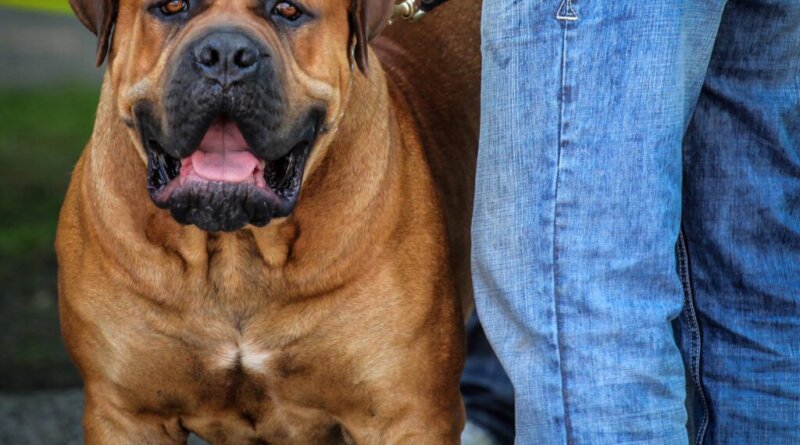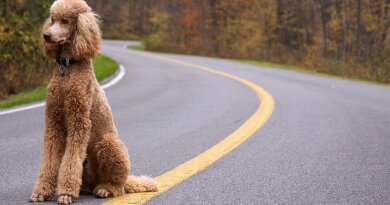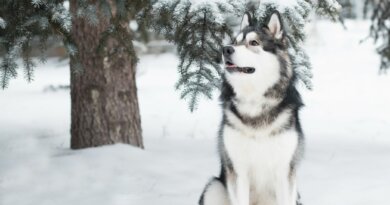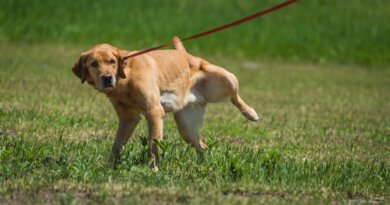Biggest Dog Breeds – Whole Dog Journal
There are a number of dog breeds that routinely tip the scales at 100 pounds or more. Here are the biggest (giant) dog breeds in the world – and why might you want (or not want) one.
12 Big Dog Breeds
You’re probably familiar with some of these breeds. Others may be new to you. This is by no means a complete list; there are many more giant breeds. Note that the average size is just that: average. Many individuals are larger. Keep in mind that females of all breeds are smaller than the males.
- Great Dane. Average height 34 inches, 150 lbs. Bred to hunt deer and wild boar.
- Great Pyrenees. Average height 32 inches, 120 lbs. Flock guarding dogs.
- Irish Wolfhound. Average height 32 inches, 120 lbs. Bred to hunt wolves, also used as war dogs.
- Average height 32 inches, 175 lbs. Bred as a flock guardian.
- Pyrenean Mastiff. Average height 32 inches at the shoulder, can be 180 lbs or more. Livestock-guarding breed.
- Bernard. Average height 31 inches, 150 lbs. Bred to rescue humans and animals in the Alps.
- English Mastiff. Average height 30 inches, 180 lbs. Bred for guarding sheep and humans.
- Average height 30 inches, 170 lbs. Bred as a family companion.
- Neopolitan Mastiff. Average height 30 inches, 160 lbs. Bred as a guard dog.
- Tosa Inu (Japanese Mastiff). Average height 28 inches, 200 lbs. Bred for dogfighting.
- Average height 28 inches, 150 lbs. Bred to rescue humans from the water.
- Boerboel (South African Mastiff). Average height 27 inches, 175 lbs. Bred for guarding homesteads and flocks from hyenas, lions, and other big cats.
Things to consider
There are some very important things to keep in mind if you’re thinking about adding a giant-breed dog to your family:
- First and most obvious: They are huge! – and strong. When your giant dog walks past your dining room table his head will pass over your plate. Put serious thought into how you will manage his size in your home. Your 8-year-old child probably won’t be able to take your Boerboel for a leash walk.
- Socialization and training are A dog this large poses a risk to your personal safety (he can drag you down when walking on a leash) as well as the safety of others. Many of these very big dogs were bred to guard and have a natural tendency to be suspicious of – or even aggressive toward – strangers. Early socialization and ongoing training can help prevent significant behavior problems. And by the way: You must use force-free training methods; they may submit to physical force when they are puppies, but this is likely to instill in them some complicated and not-very-positive feelings about you. As they mature and gain strength and confidence, those feelings are likely to spur them to resist aggressively if you try to coerce them into compliance.
- Keep in mind that breeds that were originally developed with a certain job in mind, such as guarding or fighting, may have a reduced genetic propensity for affiliative behavior with humans. This means that individuals of that breed may show less interest in interacting affectionately with you or your family. Some of these breeds are quite stoic and somewhat independent (from our human perspective.)
- Many rental properties have size limitations. As a renter, even if your current landlord allows giant breeds, when you move in the future your housing options may be very limited.
- Many of these very large dogs have loose jowls and are serious droolers. Be prepared to do lots of slobber cleanup!
- Giant breeds have shorter life spans than their smaller cousins. St. Bernards average 8 to 10 years; Great Danes, 6 to 8 years; Leonbergers, 7 years; Irish Wolfhounds, 7 years… If you adopt one of these big dogs be prepared for the heartbreak of saying good-bye sooner than you might think.
On the plus side, big dogs can take up a very large space in your heart. Make a wise breed choice for your family, provide your oversized canine pal with the proper training and environment, and you’ll have a heck of a lot of dog to love.





